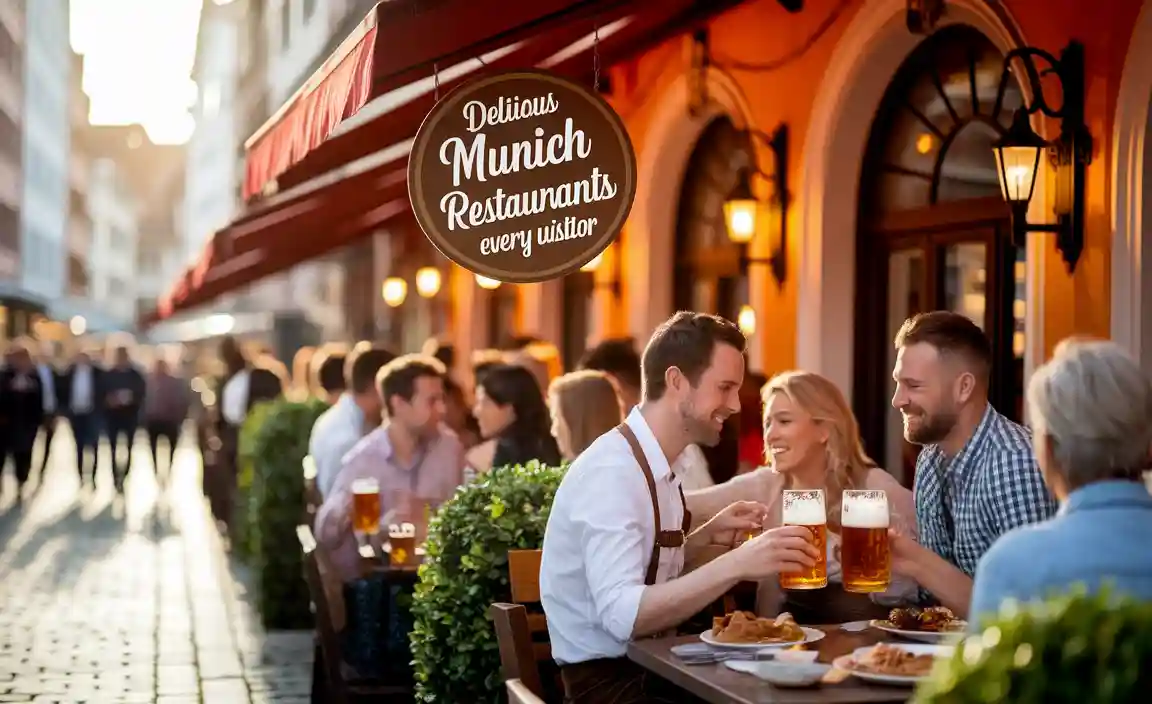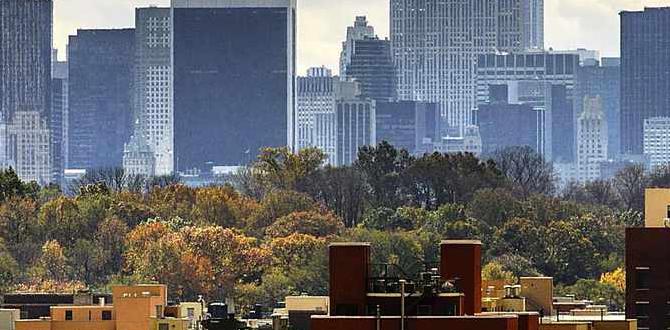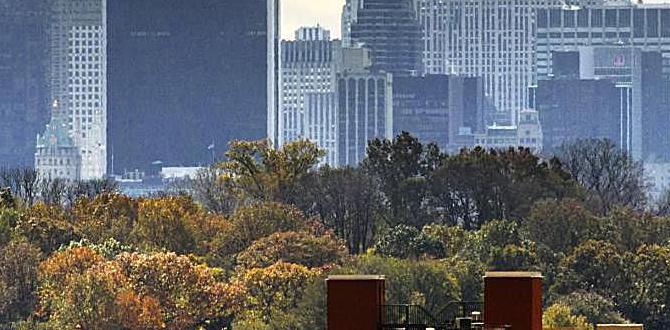Planning a trip to Bolivia? Understanding which areas to approach with caution and where to find peace of mind is key for a smooth adventure. This guide helps you navigate Bolivia’s diverse landscapes, focusing on safety so you can enjoy its wonders.
We’ll highlight key facts and offer practical tips for a secure and memorable experience, ensuring you know the essential safest spots. Bolivia is a land of dramatic contrasts, from the dizzying altitude of La Paz to the vast salt flats of Uyuni. For any traveler, especially those new to South America, knowing where to focus your attention for safety is paramount.
It’s not about fear, but about being smart and prepared. This guide is designed to give you confidence, helping you sidestep potential pitfalls and discover the truly incredible, safe havens Bolivia has to offer. Let’s dive into making your Bolivian journey as comfortable and secure as possible.
Understanding Safety in Bolivia: A Practical Overview
Bolivia, like many countries, presents a mixed safety landscape. While millions visit each year without incident, understanding common risks allows for better planning. The primary concerns for travelers often revolve around petty crime, particularly in crowded urban areas, and road safety, especially on less-maintained routes.
It’s important to remember that most issues are preventable with awareness and sensible precautions. This section will lay the groundwork for identifying areas that might require more vigilance and then pivot to the wonderful, safe locations you should absolutely explore.
Our goal is to equip you with actionable knowledge. By focusing on informed decisions, you can transform potential worries into exciting exploration. We’ll break down common safety concerns and then introduce you to the gems of Bolivia that offer a more relaxed and secure travel experience. Think of this as your practical roadmap to enjoying Bolivia’s breathtaking beauty without unnecessary stress.
Common Safety Concerns for Travelers in Bolivia
- Petty Theft: Pickpocketing and bag snatching can occur, especially in busy markets and on public transport in larger cities.
- Scams: Be aware of common tourist scams, such as inflated prices or fake guides.
- Transportation Risks: Road conditions can be poor, and bus travel, particularly at night or on remote routes, carries inherent risks.
- Altitude Sickness: While not a safety risk in the traditional sense, severe altitude sickness can be debilitating and requires careful acclimatization.
- Political Demonstrations: Protests can occur, sometimes leading to road closures and disruptions.
Bolivia Areas To Avoid: Focus on Vigilance
When we discuss “areas to avoid” in Bolivia, it’s crucial to frame this constructively. It’s about recognizing places where certain risks might be heightened, not about abandoning entire regions. These are typically areas with higher population density, less tourist infrastructure, or where specific types of crime are more frequently reported. Being aware of these spots allows you to travel with extra caution and informed decision-making.
The focus here is on strategic awareness. Rather than outright avoidance, consider these as locations where heightened vigilance regarding personal belongings, transportation choices, and general situational awareness is recommended. This doesn’t diminish their potential cultural significance but emphasizes a pragmatic approach to travel safety.
Specific Areas Requiring Extra Caution
- El Alto (La Paz): While a vital city bordering La Paz, El Alto’s vastness and less developed areas can present more opportunities for petty crime due to its size and economic disparities. Stick to main avenues if passing through, and always use reputable taxis.
- Certain Neighborhoods in Santa Cruz: Large cities like Santa Cruz have neighborhoods with higher crime rates. Research specific areas if venturing off the beaten path, and avoid walking alone at night in less populated or poorly lit districts.
- Bus Terminals at Night (Especially Large Cities): While essential for transport, bus terminals can be targets for theft, especially after dark. Keep valuables secure, and use official taxis for transport to and from terminals.
- Remote Mining Towns: Some remote mining communities in Bolivia can have rougher local economies and less infrastructure. While rich in character, exercise extra caution and be mindful of local customs and potential safety concerns.
- Areas of Political Unrest: Bolivia can experience periodic political demonstrations. If protests are ongoing in a city, it’s wise to avoid the immediate vicinity of the demonstrations to prevent accidental involvement or disruption. Check local news before and during your travel.
This isn’t to say you can’t visit or experience the vibrancy of these places, but rather to encourage a more informed and cautious approach. By understanding these nuances, you can better prepare yourself for a safer journey.
Essential Safest Spots in Bolivia: Where to Relax and Explore
Now, let’s shift our focus to the incredible, safe, and welcoming parts of Bolivia! These destinations are renowned for their natural beauty, rich culture, and generally lower incidence of issues for tourists. This is where you can truly immerse yourself, relax, and create unforgettable memories. These spots are often well-traversed by tourists and have good infrastructure to support a comfortable visit.
These are the places where you can breathe a little easier, knowing that the primary focus is on soaking in the experience. From ancient ruins to breathtaking natural wonders, Bolivia’s safest havens offer a secure and enriching travel adventure. We’ve curated a list that balances iconic sights with tranquil escapes, ensuring a well-rounded and worry-free exploration.
Top Safe Destinations for Travelers
1. Salar de Uyuni (Uyuni Salt Flats)
The Salar de Uyuni is undeniably one of Bolivia’s most iconic and safest destinations. Tours are typically conducted in guided 4×4 vehicles, ensuring a structured and secure experience. The vast, surreal landscape offers a sense of wonder and relative isolation from urban concerns.
- Safety Features: Organized tours with experienced guides, minimal interaction with large crowds in remote areas, stunning natural beauty requiring focus on the environment.
- Best For: Photographers, nature lovers, those seeking a unique bucket-list experience.
- Tips: Book tours with reputable agencies. Stay hydrated and acclimatize to the altitude.
2. Sucre: The White City
Sucre, the constitutional capital, is often cited as one of Bolivia’s safest and most beautiful cities. Its colonial architecture, relaxed atmosphere, and pedestrian-friendly historic center make it a favorite for travelers. The city has a strong sense of community and is generally very safe for walking around.
- Safety Features: Well-maintained historic center, generally low crime rates, friendly local atmosphere, good tourist infrastructure.
- Best For: History buffs, architecture enthusiasts, Spanish language learners, those seeking a charming and relaxed city experience.
- Tips: Enjoy leisurely strolls through the Plaza 25 de Mayo and visit the Casa de la Libertad.
3. Lake Titicaca (Copacabana and Isla del Sol)
The shores of Lake Titicaca, particularly in the town of Copacabana and on Isla del Sol, offer a tranquil and safe environment. The indigenous culture, stunning lake views, and focus on eco-tourism create a peaceful atmosphere. While boat travel is involved, reputable operators ensure safety.
- Safety Features: Tourist-focused environment, focus on nature and cultural experiences, generally calm and friendly population.
- Best For: Cultural immersion, stunning lake scenery, hiking, exploring Inca history.
- Tips: Use official boat services. Be mindful of the altitude and take your time exploring Isla del Sol.
4. Samaipata and the Amboró National Park
Located in the foothills of the Andes, Samaipata is a bohemian town known for its relaxed vibe and proximity to Amboró National Park. The area is a haven for ecotourism, with well-marked trails and eco-lodges. It’s a place to disconnect and enjoy nature safely.
- Safety Features: Rural and tranquil setting, emphasis on nature and eco-tourism, fewer crowds, strong community feel.
- Best For: Hiking, birdwatching, exploring pre-Inca ruins (El Fuerte), nature retreats.
- Tips: Hire local guides for hikes in Amboró National Park. Enjoy the laid-back culture of Samaipata.
5. Potosí (with caveat)
Potosí, the historic silver-mining city, is a UNESCO World Heritage site. While it’s a captivating historical destination, the mining tours can be intense. The city itself is generally safe for travelers, especially in the central tourist areas. The main “risk” here is the intensity of the mine tours and altitude, not typical crime.
- Safety Features: Historical city with established tourist routes, walkable city center, significant cultural heritage.
- Best For: History enthusiasts, understanding industrial heritage, visiting the famous Cerro Rico mines (with caution and responsible tour operators).
- Tips: Take mine tours with responsible, ethical operators. Be aware of the extreme altitude.
Navigating Transport Safely in Bolivia
Transportation is a crucial aspect of travel in Bolivia, and safety here often hinges on making informed choices. While intercity buses are common, opting for reputable companies and avoiding overnight travel on less secure routes can significantly enhance your safety. For city travel, stick to official taxis or ride-sharing apps.
Understanding the types of transport and their associated risks is key. For instance, while a local collectivo can be an authentic experience, it might not offer the same safety standards as a more established bus company. We’ll provide practical tips to make your journeys smoother and more secure.
Recommended Transport Practices
- Intercity Buses: Choose reputable companies like Pullman, Bolivar, or Andino. Book tickets in advance, and avoid dimly lit or unsecured bus stations late at night.
- Taxis: In cities, use official “radio taxis” or reputable apps like Uber (available in La Paz and Santa Cruz). Always confirm the fare before starting your journey.
- Flights: For long distances, domestic flights with airlines like BoA (Boliviana de Aviación) offer a faster and generally safer alternative, albeit more expensive.
- Avoid Night Buses on Remote Routes: While common and cheaper, these can be more prone to accidents due to road conditions and driver fatigue.
- Collectivos: These shared minivans are practical for shorter routes but can be crowded. Ensure you are comfortable with the space and luggage security.
Essential Packing for Safety and Comfort
Being prepared with the right gear can significantly contribute to your safety and overall comfort in Bolivia. From staying hydrated to protecting yourself from the elements and managing personal needs, a few key items can make a big difference. As someone who values stress-free travel, I always pack with practicality and peace of mind in mind.
For comfort and reliability, especially for longer journeys or if you have specific personal care needs, having high-quality adult diapers or child diapers can be a game-changer for reducing anxiety. Brands like NorthShore or Tena offer discreet, absorbent options that allow you to focus on the adventure, not potential discomfort or accidents, making even long bus rides or flights much more manageable.
What to Pack for a Safer Trip
- Reusable Water Bottle and Filter: Essential for staying hydrated and avoiding single-use plastics. This is vital for preventing dehydration, especially at high altitudes.
- High-Quality Sunscreen, Hat, and Sunglasses: The sun is intense at Bolivia’s altitudes.
- Comfortable Walking Shoes: You’ll be doing a lot of walking, often on uneven terrain.
- Layers of Clothing: Temperatures can vary dramatically between day and night and between different regions.
- Basic First-Aid Kit: Include pain relievers, bandages, antiseptic wipes, and any personal medications. For altitude sickness, consider medication like Diamox (consult your doctor beforehand).
- Secure Bag or Anti-Theft Backpack: Helps deter pickpockets in busy areas.
- Copies of Important Documents: Keep digital and physical copies of your passport, visas, and itinerary separate from the originals.
- Personal Care Items: Consider packing discreet, absorbent adult diapers or child diapers from trusted brands for peace of mind during long journeys or excursions. This is a practical solution for enhanced comfort and reduced travel anxiety.
Altitude Acclimatization: A Key to Well-being
Bolivia is famous for its high altitudes. La Paz is the highest capital city in the world, and many attractions are at significant elevations. Altitude sickness (soroche) is a real concern and can seriously impact your trip if not handled properly. Prioritizing acclimatization is a crucial part of staying safe and healthy.
The key is to take it slow. Arrive, rest, and avoid strenuous activity and alcohol for your first day or two at high altitude. Listening to your body is paramount. For more detailed information on managing altitude, the CDC’s Bolivia travel health page offers valuable insights and recommendations from a public health perspective.
Tips for Acclimatizing to Altitude
- Ascend Gradually: If possible, spend time in mid-altitude locations (like Sucre or Cochabamba) before heading to higher cities like La Paz or Potosí.
- Rest on Arrival: Take it easy on your first day. Avoid heavy meals, alcohol, and intense physical activity.
- Stay Hydrated: Drink plenty of water. Avoid caffeine and alcohol, as they can dehydrate you.
- Eat Light Meals: Opt for easily digestible foods.
- Consider Medication: Consult your doctor about prescription medications like Acetazolamide (Diamox) which can help prevent or treat altitude sickness.
- Listen to Your Body: If you feel symptoms like headache, nausea, or dizziness, rest and descend if symptoms worsen.
Embrace the Culture Responsibly
Bolivia is rich in culture and traditions. Engaging with local communities respectfully is not only rewarding but also contributes to a safer and more harmonious travel experience. Understanding local customs and being mindful of your interactions can prevent misunderstandings and foster positive connections.
When visiting markets, sacred sites, or interacting with artisans, always ask for permission before taking photos. Bargaining is common in markets, but do so politely and with a smile. Supporting local economies through responsible tourism benefits both you and the communities you visit.
Conclusion
Bolivia is an extraordinary country bursting with unparalleled natural beauty, vibrant cultures, and historical wonders. By understanding the nuances of navigating its diverse landscapes and prioritizing safety with practical steps, you can ensure your journey is not only memorable but also comfortable and secure.
We’ve explored areas that may require more vigilance and, more importantly, highlighted the fantastic, safe spots that offer enriching experiences without unnecessary worry. Remember, preparation is your best travel companion. From choosing reputable transport and
Frequently Asked Questions
Q1: Is Bolivia safe for solo female travelers?
A1: Yes, Bolivia can be safe for solo female travelers, but like anywhere, it requires awareness. Stick to well-trodden tourist paths, use reputable transport, avoid walking alone at night in unfamiliar areas, and trust your instincts. Destinations like Sucre and Copacabana are generally very welcoming.
Q2: What is the most common crime against tourists in Bolivia?
A2: The most common crime is petty theft, such as pickpocketing and bag snatching, particularly in crowded urban areas like markets and on public transport. Keep your valuables secure and be aware of your surroundings.
Q3: Are the salt flats (Salar de Uyuni) safe?
A3: Yes, the Salar de Uyuni is considered very safe. Tours are highly organized, and you’ll be with a guide in a 4×4 vehicle. The main considerations are altitude and sun exposure, so pack accordingly and stay hydrated.
Q4: Should I worry about altitude sickness in La Paz?
A4: Altitude sickness is a significant concern in La Paz due to its extreme height. Acclimatization is crucial. Take it easy on your first day, stay hydrated, and avoid alcohol. Many travelers manage well by following these simple steps.
Q5: Is tap water safe to drink in Bolivia?
A5: No, it is not recommended to drink tap water in Bolivia. Always drink bottled or purified water. You can also use a water filter or purification tablets for added safety, especially for longer stays or if you’re out exploring.
Q6: How can I avoid scams in Bolivia?
A6: Be skeptical of overly friendly strangers offering unsolicited help or deals that seem too good to be true. Research common tourist scams in Bolivia before you go. Always confirm prices beforehand with legitimate sources, and use official taxi services.
Q7: What are the best cities in Bolivia for overall safety and tourism?
A7: Sucre is widely regarded as one of the safest and most charming cities for tourists. Other safe and popular destinations include Copacabana by Lake Titicaca, Samaipata for ecotourism, and well-organized tours for the Salar de Uyuni.





